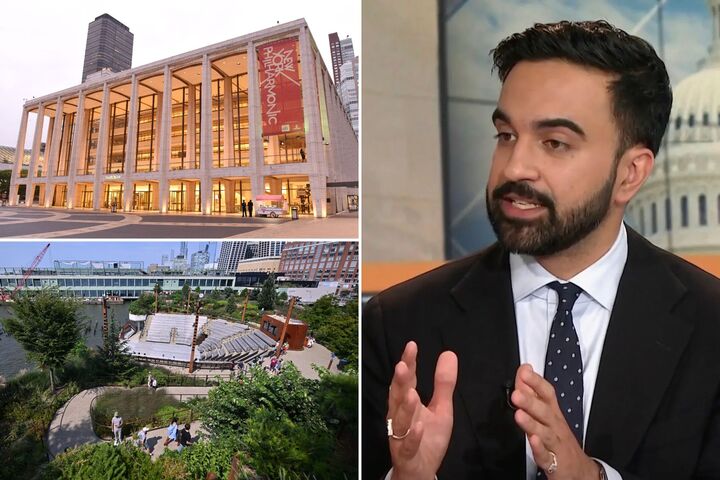The Bank of England’s Governor, Andrew Bailey, has signaled a clear trajectory for interest rates, indicating a gradual downward trend as the United Kingdom navigates a challenging economic landscape in its pursuit of sustainable growth. This pronouncement comes amidst persistent inflationary pressures and an elusive growth picture, placing the central bank in a delicate balancing act to both tame price rises and stimulate the UK economy.
Speaking to CNBC, Governor Bailey reiterated his stance that the “path of interest rates will continue to be gradually downwards,” a sentiment widely echoed by economists who anticipate a 25 basis point reduction at the Bank of England’s upcoming August gathering. Such a move would see the central bank’s base rate decrease from 4.25% to 4%. Bailey noted emerging signs of cooling inflationary pressures, specifically citing a deceleration in average wage growth and and stabilizing energy prices, which he views as crucial indicators for the monetary policy committee’s future decisions on interest rates.
Despite these hopeful signs, the UK continues to grapple with inflation stubbornly above the Bank of England’s 2% target, with the May reading reaching 3.4%. This figure stands in contrast to the Eurozone’s more favorable 2% inflation print in June, highlighting the unique challenges faced by the UK economy. Concurrently, economic growth remains elusive, evidenced by a significant contraction in April, a downturn attributed to the combined impact of global trade tariffs and new domestic tax increases. This dual challenge of elevated inflation and stagnating growth complicates the Bank of England’s mandate.
UK Finance Minister Rachel Reeves has openly acknowledged the disappointing growth data, emphasizing the Treasury’s commitment to fiscal stability through her “fiscal rules.” These rules are designed to prevent day-to-day government spending from being funded by borrowing, underpinning a disciplined approach to public finances. However, the economic and fiscal outlook has become increasingly demanding since these “non-negotiable” rules were established last October, marked by higher debt interest payments and weaker-than-expected tax receipts converging with downgraded economic growth forecasts.
In this constrained environment, the government faces limited options to stimulate the UK economy while adhering to its self-imposed fiscal framework. Economists suggest that given prior commitments to public spending and a more sustainable borrowing framework, further tax increases may be the most viable, albeit politically unpopular, path forward. Chancellor Reeves herself has conceded that “more to do” is necessary to boost growth, implying difficult decisions ahead for the nation’s fiscal policy.
While central bank policymakers typically refrain from commenting directly on governmental fiscal policies, Governor Bailey subtly underscored the significance of Reeves’s “very clear fiscal framework.” He emphasized that a robust fiscal policy is “important as a backdrop to macroeconomic stability,” yet also advocated for a “suitable amount of flexibility in that.” This nuanced perspective highlights the intricate interplay between monetary and fiscal policies required to guide the UK economy towards recovery and sustainable growth, as the Bank of England prepares to adjust its interest rates in the coming months.
Discover more from The Time News
Subscribe to get the latest posts sent to your email.






